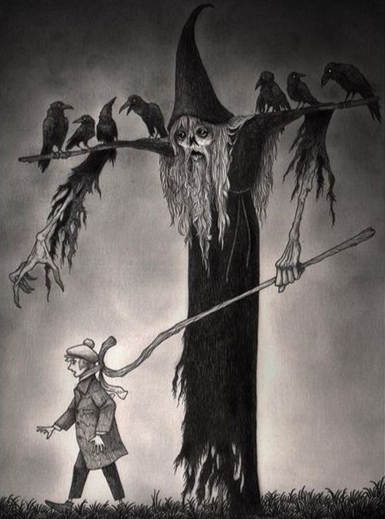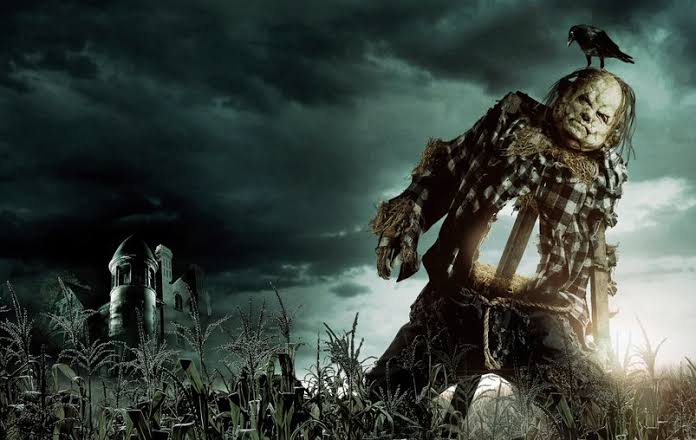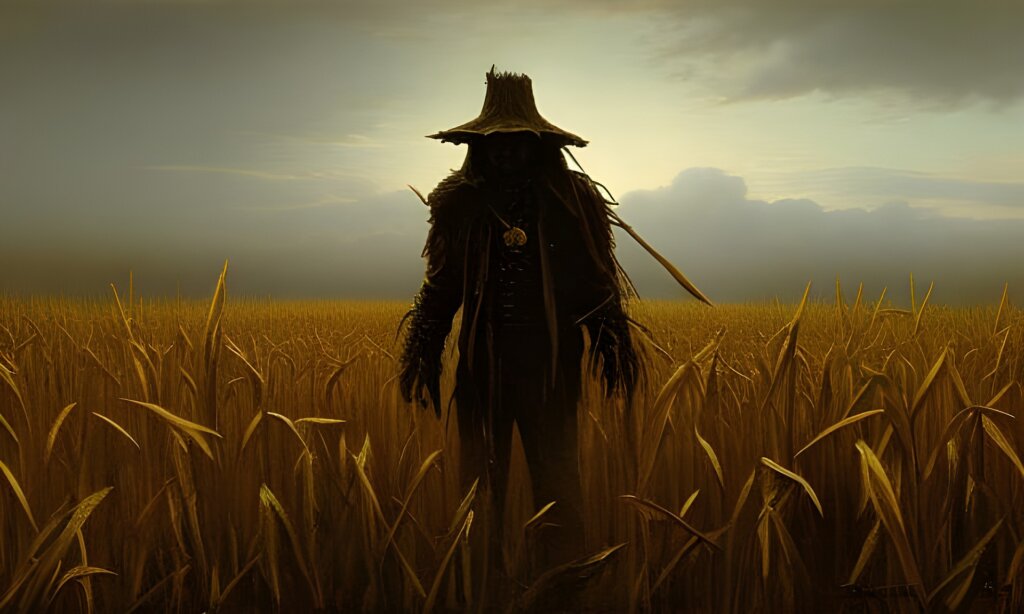Alright, I know you aren’t aware of Hans Trapp. Although many people are familiar with the darker side of Christmas and legends such as those of Krampus and Gryla.
Where Krampus is the half-goat, half-demon creature from Central European folklore who punishes misbehaving children, Gryla is an Icelandic witch who devours them.
But there’s also another, slightly lesser-known but possibly the worst of all legend from the French regions of Alsace-Lorraine.
The legend tells of a sadistic cannibal named Hans Trapp who disguises himself as a scarecrow to lure unsuspecting children.
The most interesting aspect of this legend, however, is that Hans Trapp was based on a real person who lived near the area in the 15th century.
So who was the real Hans Trapp and do the tales of cannibalism surrounding him have any truth to them?
The Legend of Hans Trapp
The legend goes like this: Hans Trapp was a wealthy man who was obsessed with Satanism and the occult.
Many believed he had attained his riches using magic rituals and pacts with demons.
Word about his evil acts eventually reached the Catholic church, and he was excommunicated and had all of his belongings and property seized.
He was banished into the woods near Germany where he lived in solitude and became filled with hatred towards the church and the villagers who had cast him out.
Driven insane by his isolation and developing a growing obsession with tasting human flesh, he decided to take revenge on the town’s children.
One Christmas night a little boy was walking alone down a dark road that cut through a forest. Little did the boy know, that he was being stalked by a scarecrow.

Hans had disguised himself as one by stuffing straw into his clothing and hat. He leaped from the darkness and plunged a wooden stake into the boy, killing him.
He then dragged the body away, cut it into pieces, and began to roast the flesh in a fire.
Just as he was about to take the first bite, God intervened and struck the scarecrow with a bolt of lightning that killed him instantly.
But Han’s spirit lingered on the earth, and children were warned to behave lest they be taken in the night by the scarecrow.
Over time, the legend grew to the point that Hans Trapp became a companion of Santa Claus, punishing naughty children.
The True Story

So how much of this story is true?
Well, you might be surprised to learn that Hans Trapp was inspired by a real man named Hans von Trotha who was born around 1450 and died in 1503.
Hans was a knight who was entrusted with two castles in an area that was then known as the Electoral Palatinate, and that today encompasses areas of both France and Germany.
A problem arose when a monastery in the nearby town of Weissenburg claimed that one of the castles actually belonged to them, and was given to Hans illegally.
This led to a bitter dispute between the monastery and Hans, which came to a head when Hans built a dam on a river that was used as a water supply for the village, cutting off their supply.
When the monastery complained and the dam was torn down, the built-up water flooded the entire village and devastated the town economically.
Eventually, the pope himself got involved and Hans Trapp was excommunicated from the church.
As you can imagine, this left a very bad impression on the people of the area, and even after his death, the stories and legends of Hans were told and retold.
The stories of Hans Trapp were eventually gone from a greedy knight to a flesh-eating, devil-worshipping child murderer.
Much like the story of the Jersey Devil, this is an example of how a mundane dispute can be transformed into the stuff of legend through word of mouth.
Today, naughty children are reminded that Hans Trapp’s spirit lingers on and that he may pay them a sweet visit in his scarecrow disguise if they don’t mend their ways.
Though Hans Trapp the cannibal never really existed, but his legend lives on to scare children every Christmas.
